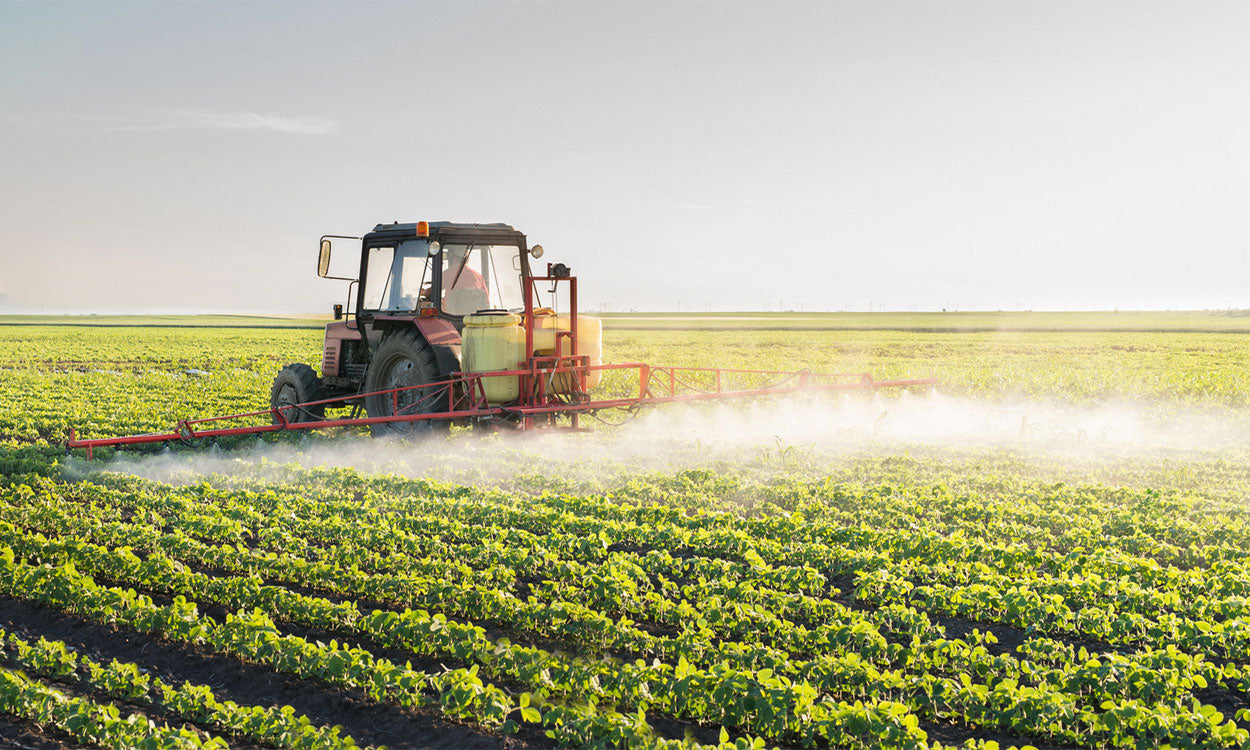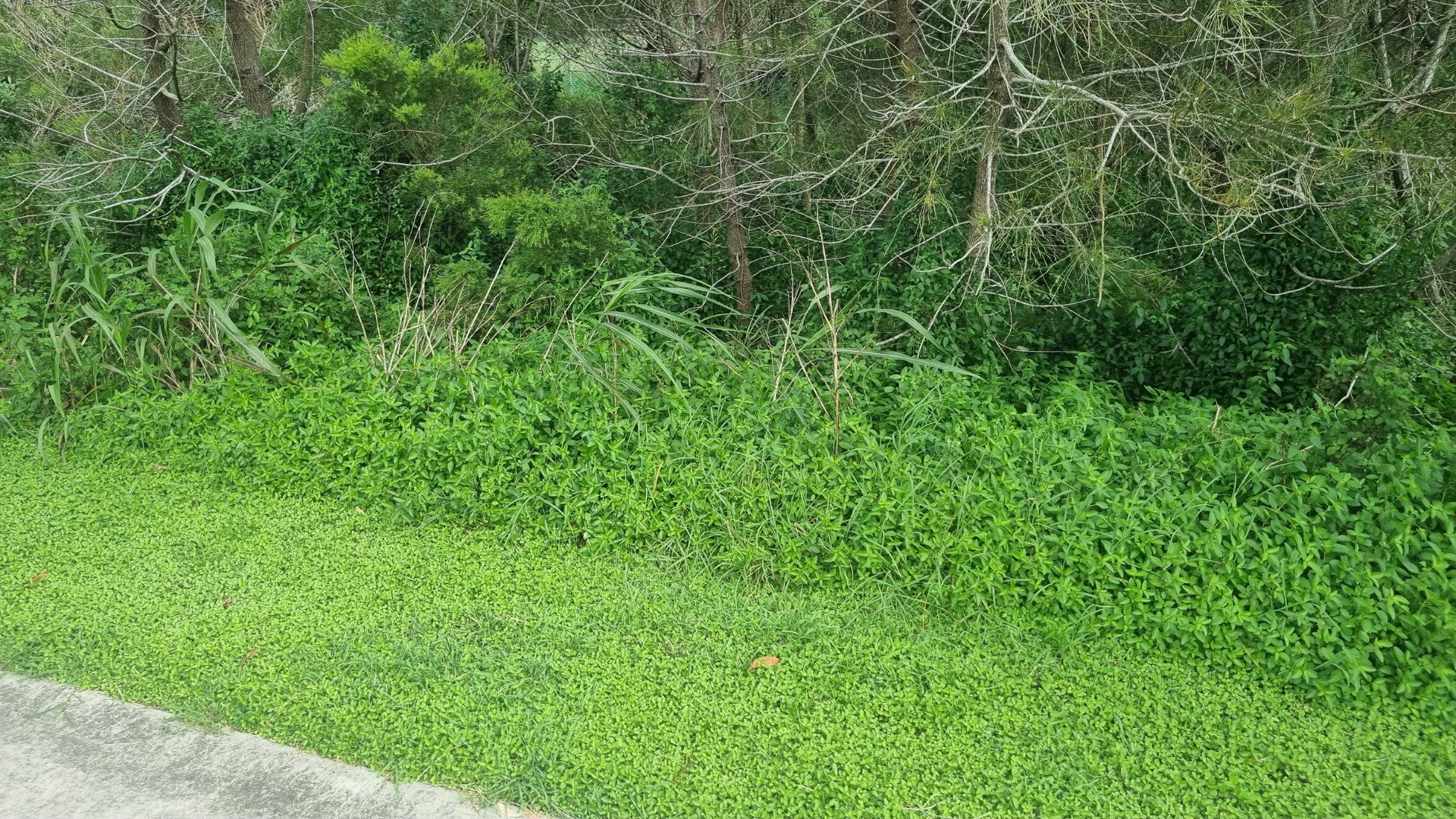
A Basic Guide to Herbicide Classification in Australia
Herbicides are crucial tools in weed management, helping control weeds that can harm crops. In Australia, these herbicides were traditionally grouped, but now they are classified using numbers. Do not worry; we have got a basic guide to help you understand this new system!
Why the Change?
In the past, herbicides were grouped based on how they worked. But this system became confusing and unique to Australia. So, we switched to a numbering system to make things simpler and globally understandable.


The HRAC Numbering System
The Herbicide Resistance Action Committee (HRAC) numbering system is what we use now. Each number represents a different way herbicides work. Let us explore a few key groups:

Group 1 - ACCase Inhibitors
Group 1 herbicides inhibit an enzyme called Acetyl-CoA Carboxylase (ACCase), crucial for fatty acid synthesis in plants. By disrupting this process, they prevent the growth of grassy weeds. These herbicides are widely used in crops like wheat, barley, and rice. Cyclohexanedione is an example of a herbicide from this group.

Group 2 - ALS Inhibitors
Herbicides in Group 2 target Acetolactate Synthase (ALS), an enzyme responsible for branched-chain amino acid production in plants. ALS inhibitors are effective against broadleaf and some grassy weeds, making them versatile in various crop settings. Imazapyr is a well-known herbicide from this group.

Group 3 - Microtubule Inhibitors
Group 3 herbicides disrupt microtubule formation in plant cells, causing structural damage and inhibiting growth. They are primarily used to control grassy weeds and are important in cereals and other crops. An example of a herbicide form this group is Prodiamine.

Group 4 - Synthetic Auxins
Synthetic auxin herbicides mimic a natural plant hormone called auxin. By interfering with auxin signalling, these herbicides disrupt normal plant growth and development, leading to deregulated growth and death. They are effective against a wide range of weeds, both broadleaf and grassy. Dicamba is a commonly used synthetic auxin herbicide.

Group 5 - Photosystem II Inhibitors
Herbicides in Group 5 target Photosystem II, a critical component of photosynthesis. They disrupt the plant's ability to convert light into energy, effectively starving the weed to death. These herbicides work against various weed species and are commonly used in agriculture. Atrazine is an example of herbicide that acts in this way.

Group 9 - EPSP Synthase Inhibitors
Group 9 herbicides inhibit the enzyme EPSP Synthase, which plays a crucial role in the synthesis of aromatic amino acids in plants. The most famous herbicide in this group is glyphosate (Roundup). It prevents weed growth by depriving them of essential amino acids.

Group 10 - Glutamine Synthtase Inhibitors
Herbicides in Group 10 target Glutamine Synthase, a key enzyme in nitrogen metabolism. By disrupting this process, they control both broadleaf and grassy weeds. Glufosinate-ammonium is a well-known herbicide in this group.

The Benefits
Switching to numbers makes communication easier. Now, we can talk about herbicides globally, which is great for sharing knowledge and ensuring safety.
What You Need to Know
Remember, this new system helps farmers, scientists, and regulators make smarter choices about herbicides. It is about keeping our crops healthy, our environment safe, and our farming sustainable.
You are now equipped with the basics of Australia's new herbicide classification system. Remember, it is all about making herbicide use safer, more effective, and easier to understand for everyone involved in weed management Down Under!
Additional content
VIEW GWS' ADDITIONAL CONTENT TO LEARN MORE ABOUT THE WEED INDUSTRY

Smarter growth management with Padre 270 for linear infrastructure and managed vegetation zones
As Australia’s linear-infrastructure networks expand, there is increasing need for low-impact, reliable and cost-effective vegetation management strategies. Padre 270 provides a practical, research...
Read more
Leucaena leucocephala: Weed Hygiene Case Study
Australia’s transport corridors are not just conduits for commerce—they are vectors for biological change. Leucaena leucocephala, valued as a forage crop, also threatens to invade new environments ...
Read more
Dyschoriste depressa Weed Hygiene Case Study
Australia’s extensive transport infrastructure traverses not just farmland but wetlands, forests, and urban edges. This diversity is matched by emerging weed threats such as Dyschoriste nagchana, (...
Read more
